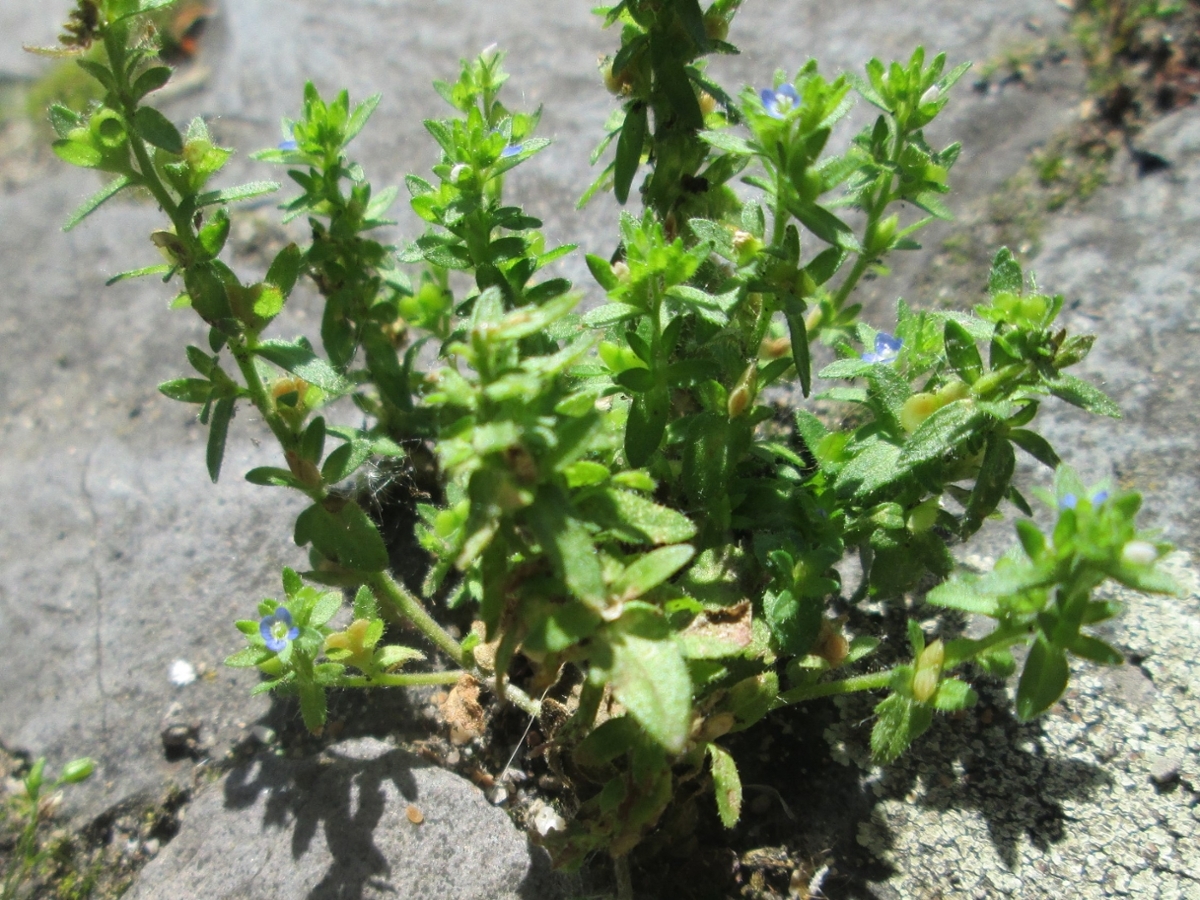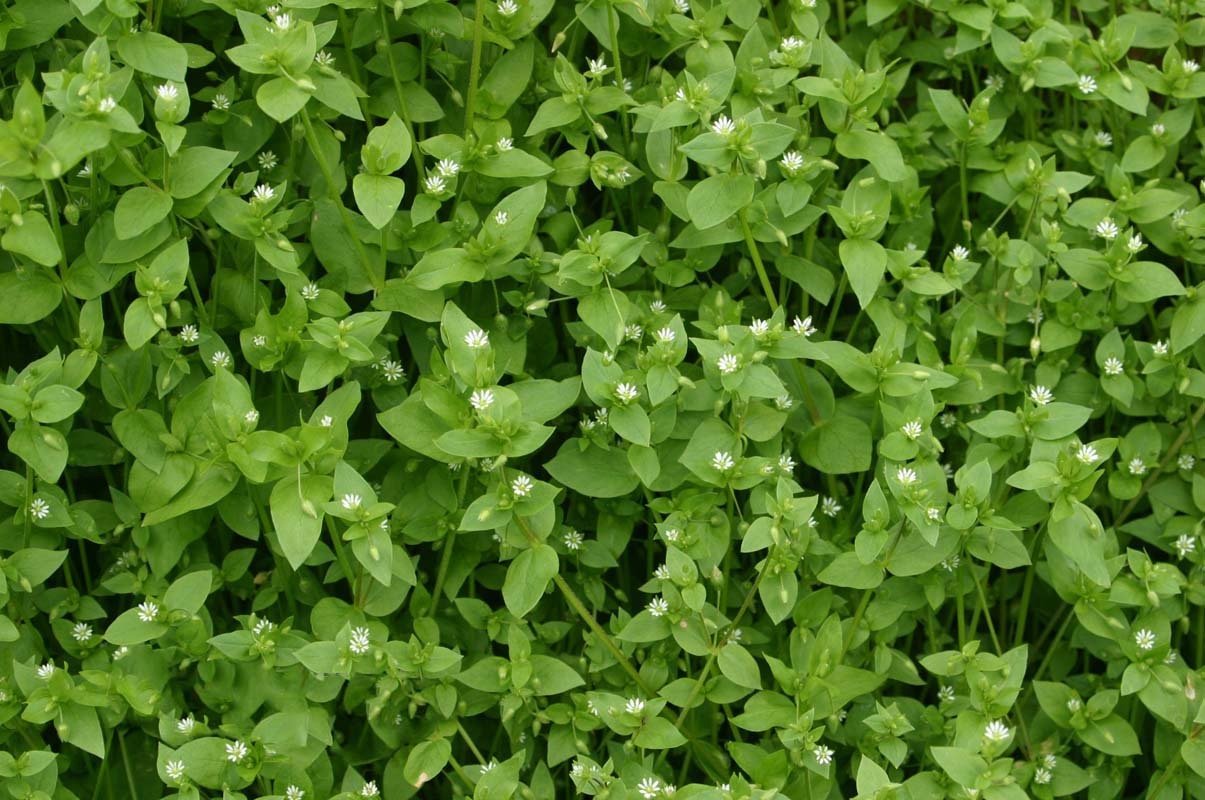Weeds can be frustrating to deal with when it comes to lawn care. Believe it or not, even during cold winter temperatures weeds can thrive. Here’s a look at three common winter weeds: corn speedwell, henbit, and common chickweed. By understanding them better, we can learn how to defend our turf against them.
What Conditions Do Winter Weeds Thrive in?
Weeds need specific conditions to grow in the winter. The environmental conditions in which winter lawn weeds flourish include:
- Water-logged soils
- Air temperatures between 60°F and 85°F, five days and nights consecutively
- Soil temperatures between 50°F and 55°F, five days and nights consecutively
What Are the Most Common Winter Weeds?
Corn Speedwell
Corn speedwell is a flower-bearing winter annual that germinates in the fall. During mild fall weather, corn speedwell can grow and spread quickly. Corn speedwell grows in thin, low quality turfgrass and in soil with low nutrient levels (especially nitrogen).
How Do I Control Corn Speedwell?
Corn speedwell control tactics include proper nitrogen levels for healthy turfgrass, as well as aeration and seeding for cool-season grasses in fall.
Henbit
Henbit, sometimes confused with purple deadnettle, is a common winter annual with an upright growth habit. Generally speaking, the plant may grow to a height of 12 inches or more. The most common areas to find henbit include turf areas which are thin and of poor quality. Other areas include dormant warm season grasses, newly seeded lawns, and water-logged soils.
How Do I Control Henbit?
Henbit control tactics include improving soil drainage and turf quality, as well as aerating and overseeding in fall.
Common Chickweed
Common chickweed is a winter annual that prefers moist sites and thrives in gardens, mulch beds, under trees, and in shaded areas of lawns, even during freezing temperatures. Common chickweed is difficult to control because it blooms all winter and can withstand low temperatures.
How Do I Control Chickweed?
Control tactics for chickweed include applying proper rates of nitrogen, improving areas of poor drainage, and aerating and overseeding to reduce compaction and improve plant types.
Winter Weed Controls Vary
Controlling winter weeds effectively requires a combination of proper identification and good cultural practices. The use of control materials is not always necessary if you understand the problem (why the cool-season weed is there) and devise a solution for it. Always treat the problem, not the symptom.
Warm Season Mowing
To better control winter weeds in warm season turf like bermudagrass, proper mowing is the key. Proper mowing height will encourage a dense, healthy stand of turfgrass that will naturally crowd out and discourage winter weed growth. Prior to the lawn going dormant, make sure you mow your warm season lawn at the correct height for your grass type, and frequently enough so that no more than ⅓ of the blade is removed each time.
Control Winter Weeds With NaturaLawn of America
Preventing common winter lawn weeds can be easier once you know how to reverse the conditions they prefer. With smart cultural practices, in combination with proper fertilizer applications from your lawn care technician, you’ll be able to get and maintain a healthy lawn no matter the season! Get more tips about when is the best time to control weeds here.
Winter Lawn Care Advice
Corn speedwell, henbit, and common chickweed aren’t the only things you should watch for in your lawn during winter. Stay ahead of snow mold with advice from our lawn care experts. And make the most of winter downtime with our lawn and garden checklists for December and January.
For details about unwanted weeds and getting proper nitrogen and nutrient levels in your turf, contact your local NaturaLawn® of America office.









